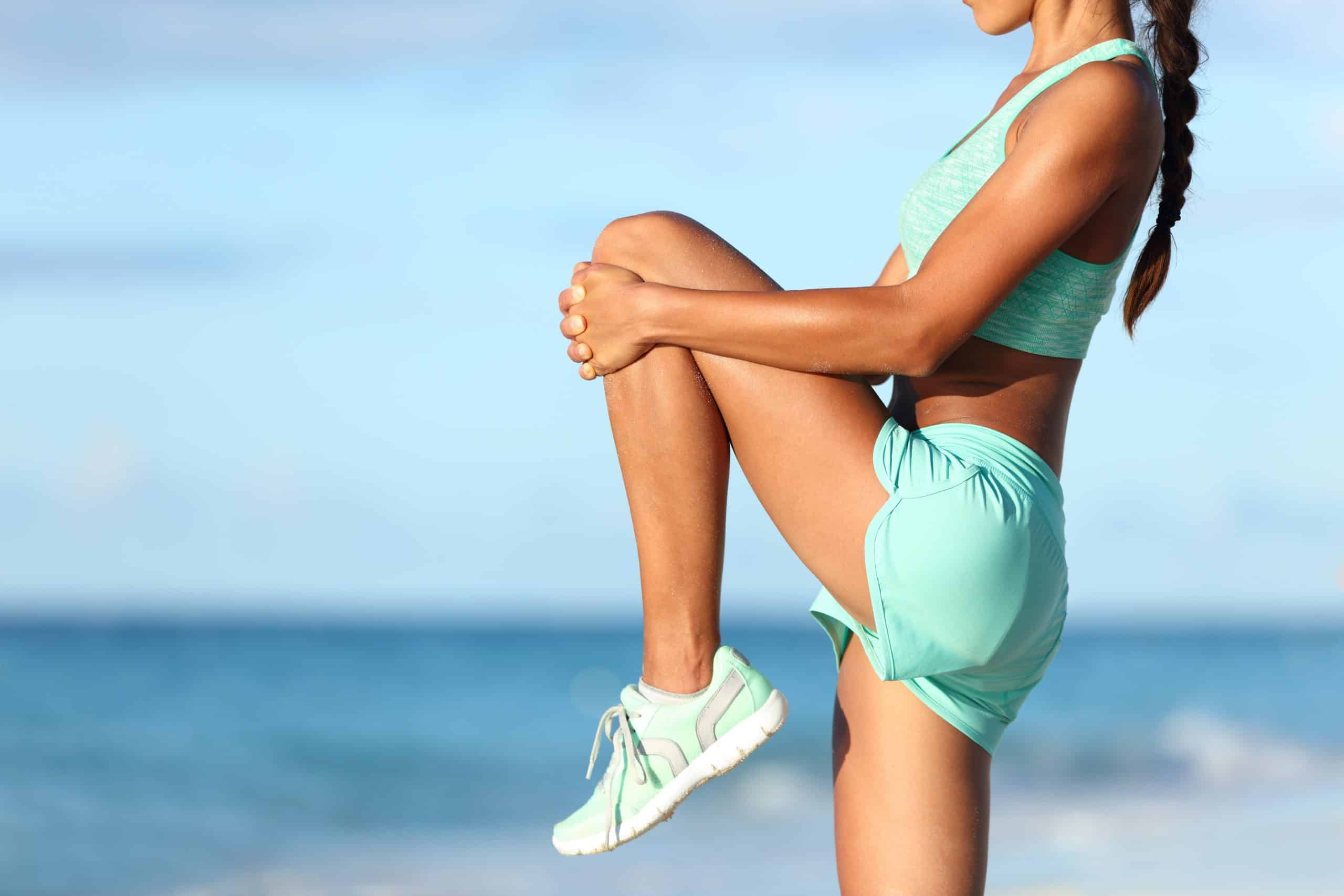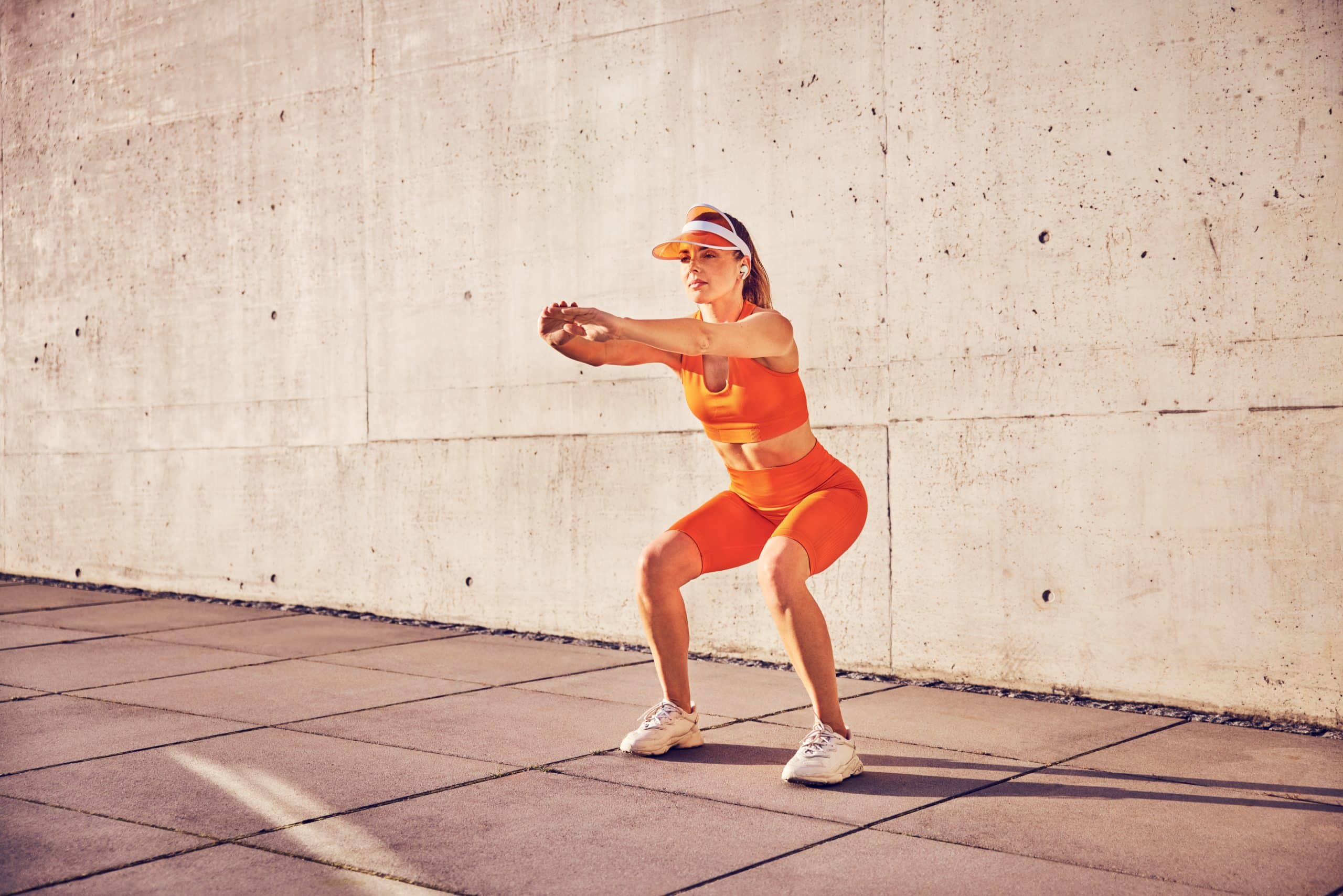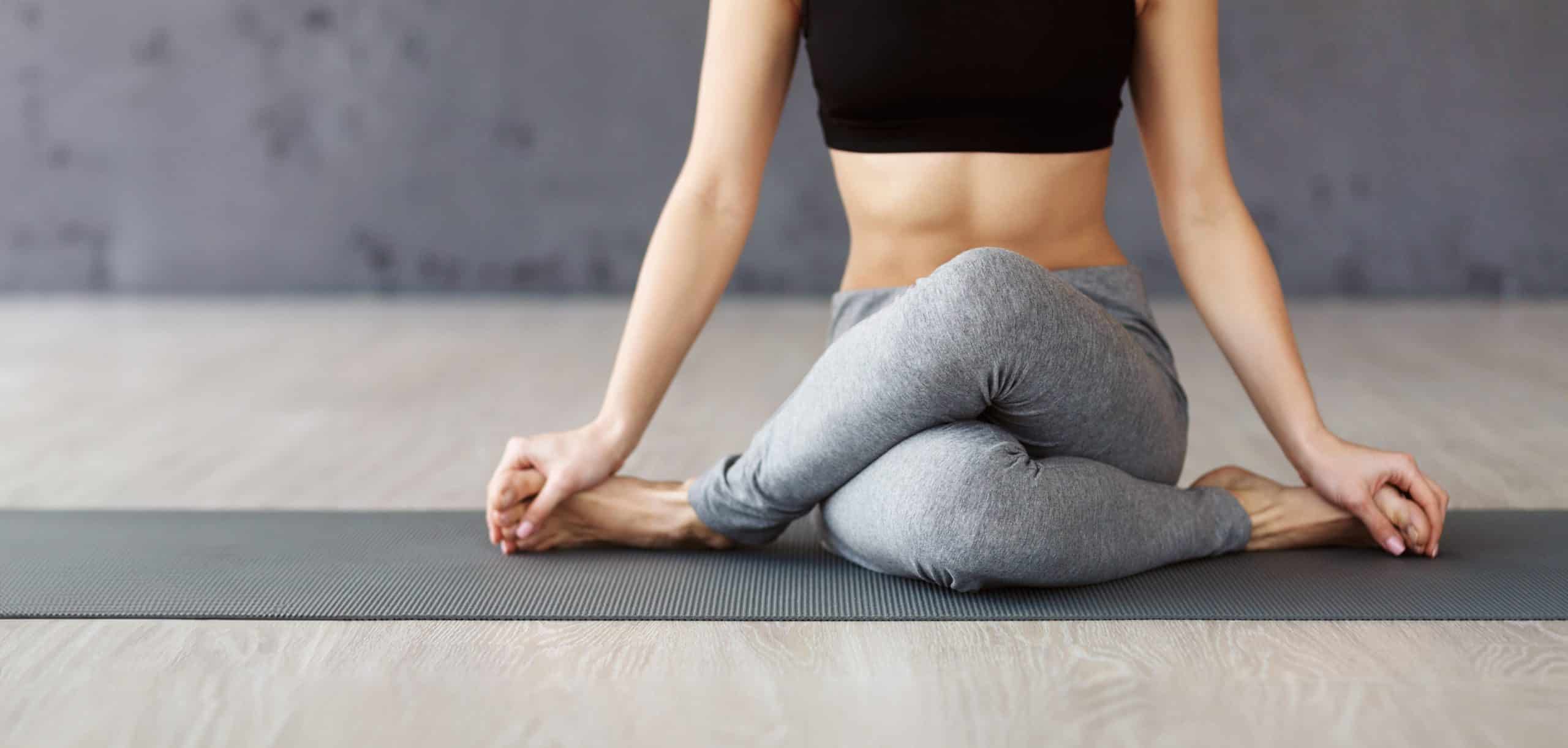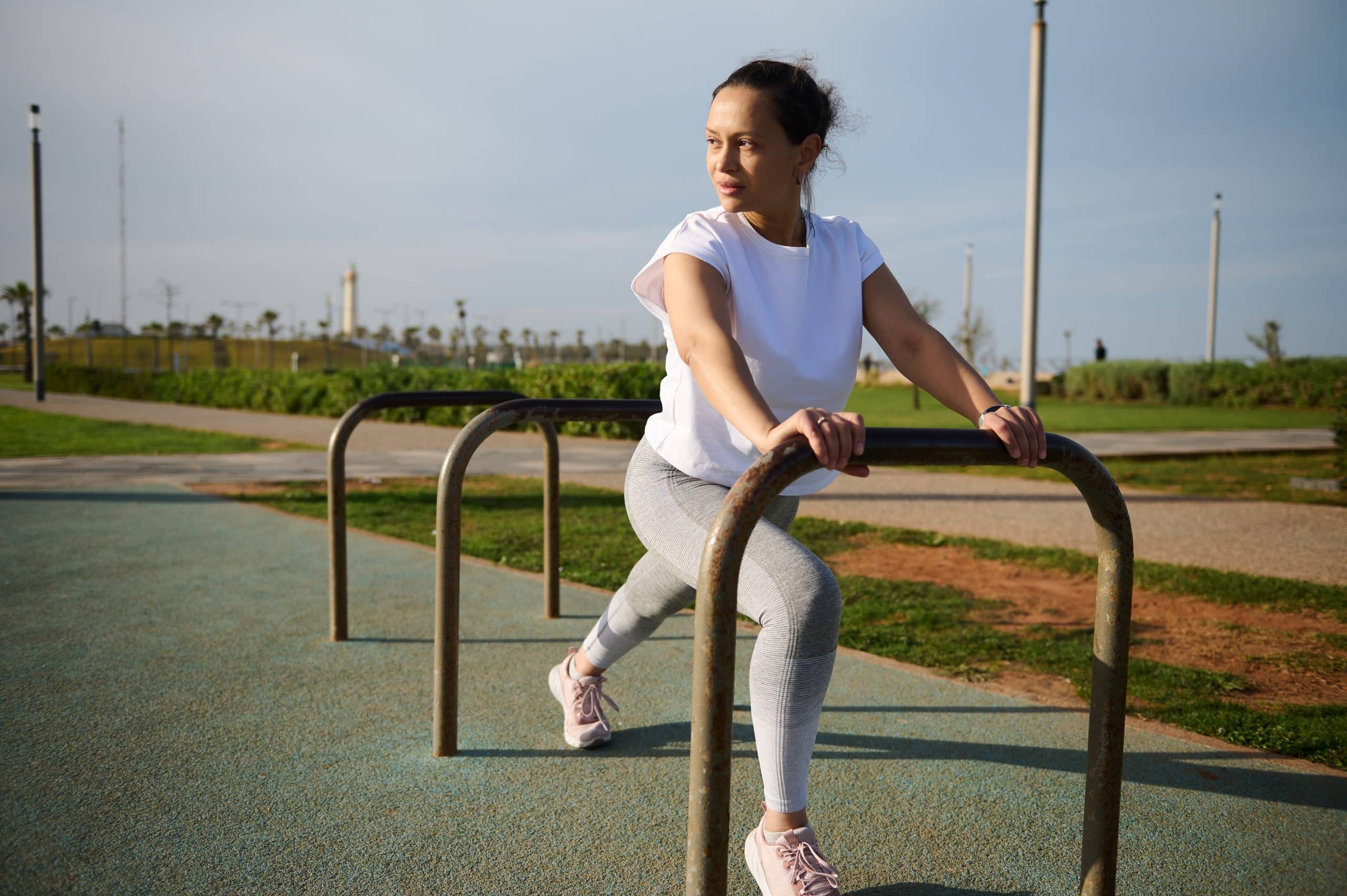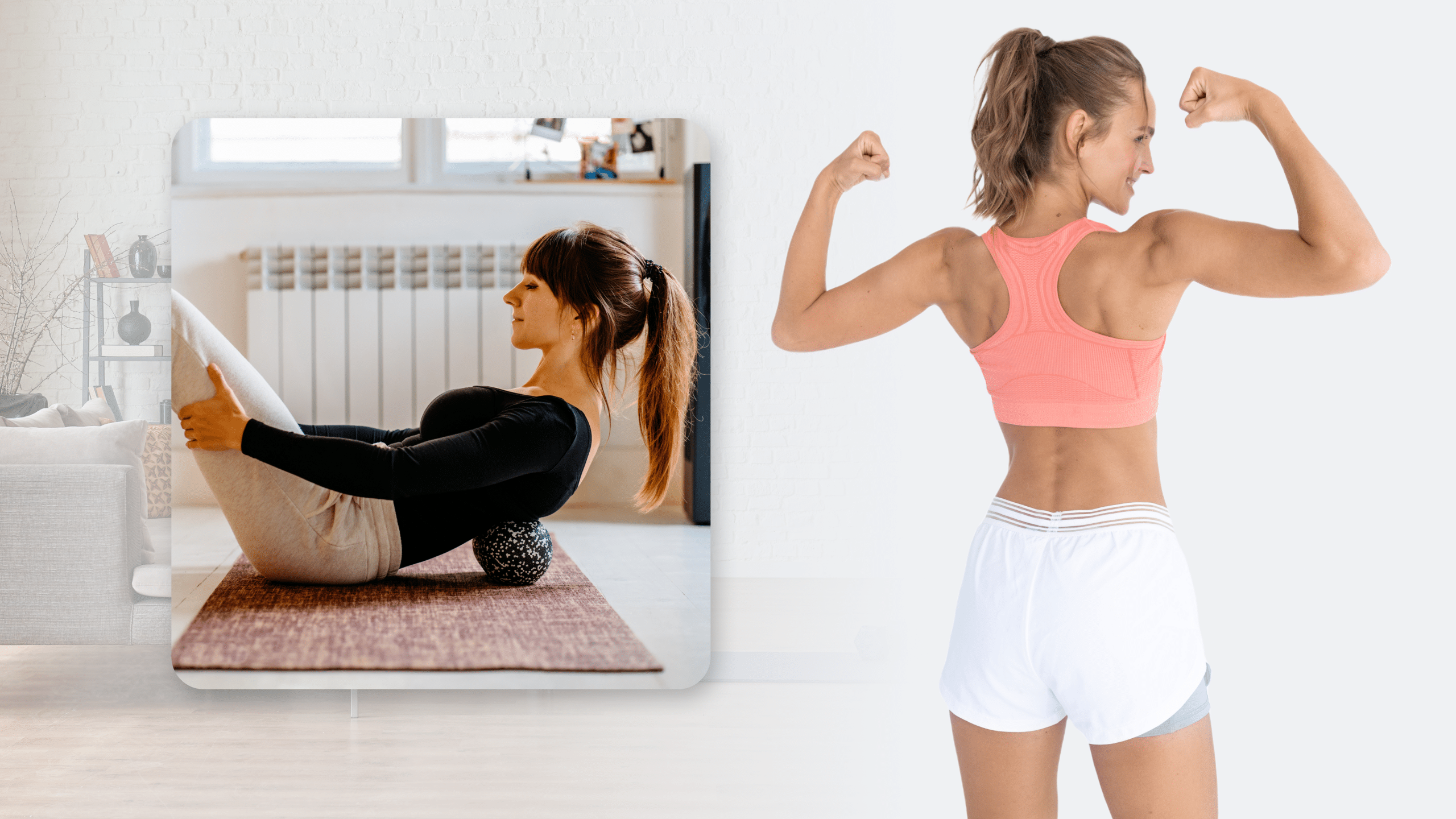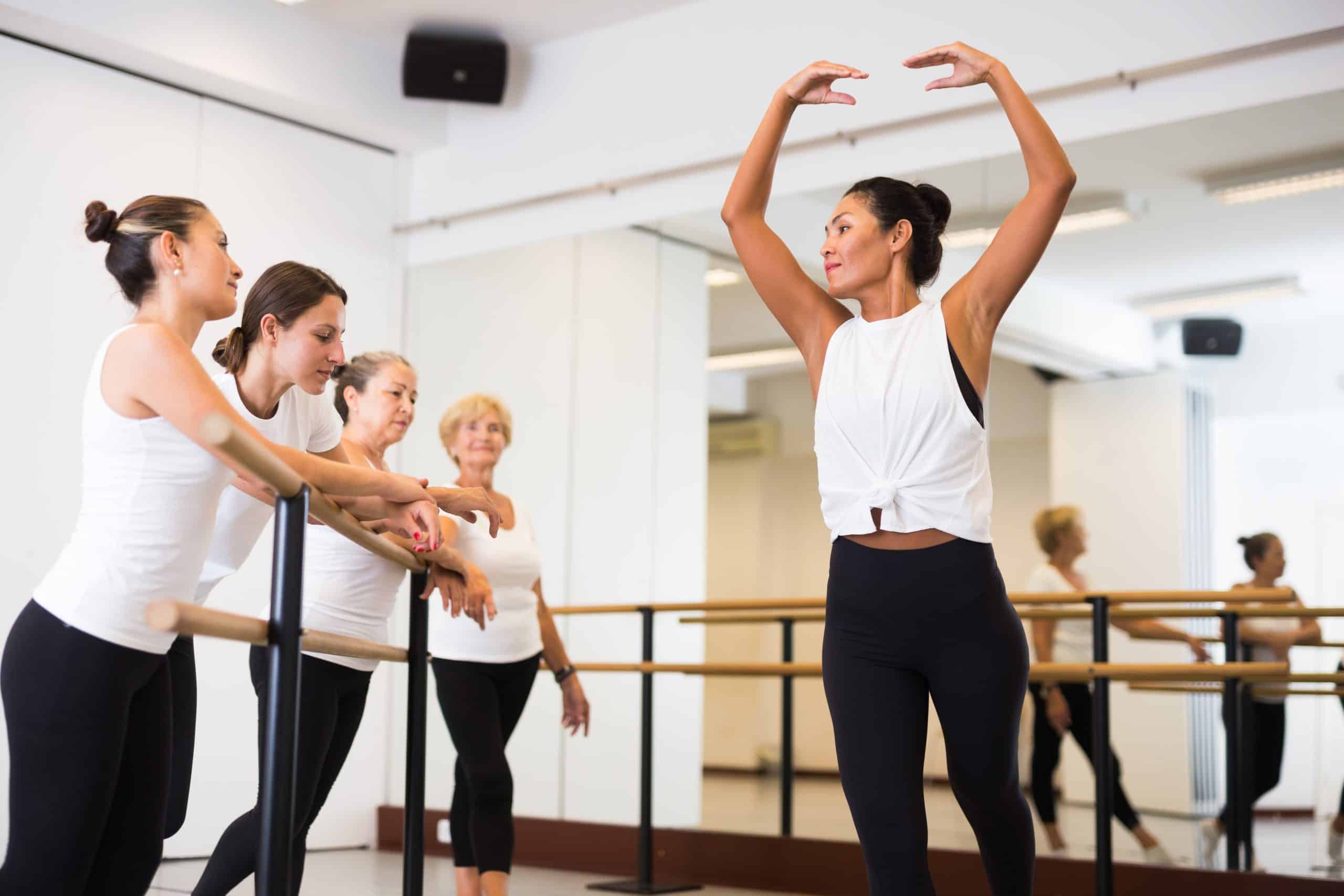Would you call yourself an active person? By active, I mean someone who moves a lot during the day. If your answer is yes, then I have another question for you – when was the last time you suffered from knee muscle pain?
Knee pain is actually a quite common complaint among adults, particularly athletes who often engage in a variety of sports, such as running, jumping, or quick pivoting.
Unfortunately, every knee injury cannot be prevented. However, the general awareness of knee anatomy, how injuries occur, and treatment may help you prevent possible complications from potential knee injuries.
The knee is one of the largest joints in our body and it can be vulnerable to injury. Knee problems can result in knee pain, difficulty walking, or stiffness.
Therefore, if you want to understand the reasons for knee pain, you need to understand its anatomy. This article explores the knee muscles: anatomy and main causes of knee pain.
What are the 3 muscles in your knee?
There are three main knee joint muscles:
- The hamstring muscles are located on the back of your thigh. They help flex the knee and support movements such as bending at the knee joint.
- The gastrocnemius muscle is a calf muscle that supports knee flexion
- The quadricep muscles above your kneecap straighten (extend) the knee and provide power and strength for activities such as walking, running, and jumping.
Now, let’s take a closer look at the knee muscles.
Intense sweat sessions, working weight loss tips, lip-smacking recipes come in one package with the BetterMe app. And all of it is at your fingertips, start transforming your life now!
Muscles at the back of the knee (posterior)
These muscles are located at the back of the knee and help bend your knee when they contract. The hamstring muscles at the back of the thigh consist of the biceps femoris, semimembranosus, and semitendinosus. Other supporting muscles include the gracilis, sartorius, popliteus, and gastrocnemius.
Biceps Femoris
The biceps femoris is one of the three muscles in the hamstring group, forming the back of the thigh.
- Origin: Common tendon with semitendinosus from the superior medial quadrant of the posterior portion of the ischial tuberosity
- Insertion: Primarily on the fibular head (7)
Semimembranosus
The semimembranosus is the medial of the three hamstring muscles. Chronically tight hamstrings could be a reason for lower back pain and knee pain.
- Origin: Ischial tuberosity
- Insertion: Posterior surface of the medial tibial condyle (7)
Semitendinosus
The semitendinosus is the longest of the three muscles that run along the back of the thigh. It helps you extend your thigh, flex your knee, and rotate your tibia — the main bone in your lower leg (5).
- Origin: Ischial tuberosity
- Insertion: Superior aspect of the medial portion of the tibial shaft (7)
Knee muscles at the front – Quadriceps
These muscles make up the quadriceps muscle group. Their main function is straightening your knee.
Vastus Medialis
The vastus medialis is the quadriceps muscle that is situated inside of the thigh.
- Origin: Inferior portion of the intertrochanteric line, the medial lip of linea aspera, spiral line, superior part of the medial supracondylar ridge of the femur, and medial intermuscular septum
- Insertion: Medial base and border of the patella (7)
Vastus Lateralis
The vastus lateralis is the outer of the four quadriceps knee muscles and you can feel it on the outside top of the thigh.
- Origin: Anterior and inferior borders of greater trochanter, superior portion of lateral lip of linea aspera, lateral portion of gluteal tuberosity of femur
- Insertion: Lateral base and border of the patella (7)
Vastus Intermedius
The vastus intermedius is located deep in the thigh, underneath the rectus femoris muscle.
- Origin: Superior 2/3 of anterior and lateral surfaces of the femur
- Insertion: Lateral border of patella (7)
Rectus femoris
The rectus femoris muscle is the bulk muscle of the Quadriceps group. It is the only quadricep muscle to cross the hip joint.
- Origin : Anterior inferior iliac spine.
- Insertion: Base of the patella to form the central portion of the quadriceps femoris tendon.
Read more: 17 Exercises to Build Chest Muscles, Tone Pecs, and Strengthen the Male Body’s Main Feature
What are the 5 muscle groups that support the knee?
There are 5 muscle groups around the knee:
- Quadriceps: the four muscles situated on the front of the thigh
- Hamstrings: the three muscles situated on the back of the thigh
- Glutes: the three muscles that make up the buttocks
- Calves: the two muscles on the back of the lower leg
- Popliteus: the small muscle at the back of the knee
What muscles are responsible for knee pain?
Knee pain can affect people of any age. Pain in your muscles may be a result of injury, aging, types of arthritis, or mechanical conditions. The main signs of knee pain are:
- Stiffness and swelling
- Instability or weakness
- Redness and warmth to the touch
- Crunching noises or pumping noises
- Inability to fully straighten the knee (2).
There are various muscle groups that can contribute to knee pain: quadriceps (quads), hamstrings, hip flexors, glutes, and core.
You already know that quads are one of the largest muscle groups. When your quads are tight, they can apply greater pressure to the kneecap.
Hamstrings are essential for stabilizing the knee and when your hamstring muscles are tight, this causes an imbalance in the muscle forces across the knee, placing more stress on the quadriceps muscles.
Your hip flexors are also essential for overall stability and engaging movements such as jumping and sprinting. When the hip flexors are strained, their function may be compromised, potentially impacting how forces are distributed across the knee joint and increasing the stress that is placed on the quadriceps and knee.
Your gluteal (buttock) muscles are the largest muscle group in your body. They are used most of the time for simple actions, such as standing up, walking, or stepping down. Tight glutes can potentially influence hip and pelvic alignment, altering movement patterns and leading to discomfort in the knee..
A strong, well-balanced core is crucial for body alignment when you are moving. Tight core muscles or imbalances can potentially impact this alignment. For example, muscle tightness or weakness may affect pelvis position, which can result in altered forces placed through hip and knee joints.
Which muscles operate the knee?
The two main muscle groups that operate the knee are:
- The quadriceps muscles, which are located on the front of the thighs and help straighten the legs.
- The hamstring muscles, which are located on the back of the thighs and help bend the leg at the knee (3).
How do I know if I tore my meniscus?
The meniscus is a shock absorber that is situated between the end of the thigh bone and the top of the shin bone.
It may be torn when you twist or turn your upper leg while your foot is planted and your knee is bent.
Take a look at the common symptoms of meniscus tear:
- Pain in the knee joint
- Swelling
- Difficulty fully extending or bending the knee joint
- Catching or locking of the knee joint
- Limping (6)
In addition, the meniscus can wear down over time and cause pain when you move your knee.
Contact your healthcare provider for a diagnosis. A meniscus tear can be diagnosed via X-ray or MRI.
Whether you’re looking to simply pep up your fitness routine, jazz up your diet with mouth-watering low-calorie recipes or want to get your act together and significantly drop that number on your scale – BetterMe app has got you covered! Improve your body and revamp your life with us!
How do you know if you pulled a muscle in your knee?
Muscle pull or strain involves damage to a muscle or the tendons that are attached to it. You don’t need to be an athlete to encounter this problem. In fact, you can do a lot of daily activities and end up with a muscle pull.
A good example is lifting something heavy. And no, I don’t mean at the gym. It could be a bag from the grocery store, loaded with heavy products for your muscle-building diet.
So, what does a pulled muscle look like? Check out these pulled muscle in knee symptoms:
- Swelling, redness, or bruising
- Pain when at rest
- Pain when using a specific muscle
- Weakness of the muscle or tendons
- Inability to use the muscle at all (4)
In addition, knee muscles twitching (involuntary contraction of muscles) is generally the result of muscle strain. However, sometimes muscle twitching can be a sign of a medical problem.
How can I make my knees stronger?
Do you want to make your knees stronger so you can fully enjoy your daily activities? The most effective way is knee-strengthening exercises.
Exercises to strengthen knees do not directly affect the knee joints but they strengthen the muscles around it. It’s best to start them with a light warm-up activity. If you experience pain during the knee muscle workout, stop immediately and speak to your doctor. People with severe knee pain should consult a doctor before exercising.
also
Here are the best 6 knee-strengthening activities that increase blood flow to the muscles and make them more flexible (1):
- Leg lifts
- Standing hamstring curls
- Step exercises
- Hamstring curls on a weight bench
- Single-leg dips
- Wall squats
Leg lifts
This knee muscle exercise engages both the quadriceps and abdominal muscles.
- Lie down on a yoga mat.
- Keep your right leg straight and slightly bend the left leg at the knee, bringing the foot closer to the body.
- Pull the abdominal muscles, bringing the lower back down against the floor and providing extra support during the exercise. Make sure there is no space between your lower back and the floor.
- Slowly lift your right leg without bending your knee. Keep your toes pointed toward the ceiling until your leg is approximately 12 inches off the floor. It should not be higher than the bent knee of the right leg
- Hold the right leg up for 5 seconds.
- Slowly lower your leg back down to the floor. Do not do so too quickly or allow it to drop.
- Repeat twice more with the same leg.
- Switch sides and repeat.
Standing hamstring curls
The following exercise involves the hamstrings and gluteal muscles.
- Stand straight with your knees only 1–2 inches apart. Hold on to a stable chair or another object for balance.
- Bend one knee behind your body gently, lifting the heel off the floor while keeping the thighs aligned. Lift the heel in a smooth motion until the knee bend reaches a 90-degree angle.
- Keep the straight leg slightly bent without locking it.
- Hold the bent leg up for 5 seconds and then lower it to the floor slowly.
- Repeat twice more with the same leg.
- Switch sides and repeat.
Step exercises
This activity engages the quadriceps, hip flexors, hamstrings, and gluteal muscles.
- Step onto a sturdy stool with your left foot, keeping the right foot behind. The right foot should hang behind the stool.
- Keep your body weight on the left foot and hold for up to 5 seconds.
- Gently lower your right foot down and then follow it with the left foot.
- Switch legs, stepping up with the right foot first.
- Repeat.
Hamstring curls on a weight bench
The muscles that are involved in this exercise are the hamstrings and gluteal muscles. You should perform this exercise on a weight bench that is purpose-built for this exercise.
- Lie face down on the bench with your knees close together. Grab the handles for stability.
- Tuck your feet under the weight. Place the weight above the heels.
- Slowly bend both knees, driving your heels up to raise the weight. Lift the weight in a smooth motion until the knees are bent at a 90-degree angle.
- Hold the weight up for 5 seconds and then lower it down slowly.
- Perform up to 15 reps.
Single-leg dip
You’ll be engaging the quadriceps, hamstrings, and gluteal muscles during the following exercise.
- Place a high-backed chair on either side of your body with the chair backs next to your arms. Place one hand on the back of each chair for balance.
- Lift your right leg approximately 12 inches from the ground, putting all your weight on the left leg.
- Slowly bend down a few inches, placing your weight onto the heel of the supporting leg.
- Hold this position for 3–5 seconds.
- Slowly straighten up.
- Repeat and switch sides.
Wall squats
The muscles that are engaged during the exercise are the quadriceps and gluteal muscles.
- Stand straight with your head, hips, shoulders, and back flat against a wall.
- Step both feet out approximately 24 inches away from the wall. Keep your back and shoulders against the wall. Your feet should be hip-width apart.
- Slide your back down the wall slowly until your body is just above a normal sitting position.
- Hold for 5-6 seconds and then slide back up.
- Repeat.
Read more: 20 Best Exercises to Lose Thigh Fat While Targeting Different Thigh Muscles
Do knee stretches help with knee pain?
Are you tired of a nagging pain in your knees? As I previously mentioned, the best solution in this situation is to contact a doctor. However, tight muscles can contribute to knee discomfort and the reason can sometimes be a lack of one simple activity – stretching after the workout.
Stretching the muscles that surround the knee can help improve flexibility, relieve tightness, and potentially reduce knee pain.
Take a look at the three post-exercise stretching activities that may help you relieve knee pain (1).
Quadriceps stretch
- Hold on to the back of a chair.
- Lift one foot behind your body and grab your ankle with your hand.
- Ensure your back is straight and your knees are close together.
- Pull the heel close to the buttocks without using painful force.
- Hold in this position for up to 30 seconds and then lower the leg slowly.
- Switch sides and repeat.
Toe Stretches
- Put your feet close together and slowly bend over from the hips.
- Keep your legs straight without locking your knees.
- Try to reach the top of your toes with your fingers (or as low as you can without causing pain) and hold for 30 seconds.
Standing hamstring stretch
- Stand up straight with your feet shoulder-width apart.
- Bend slightly at the hips and extend your left leg out a few inches in front of the body. Allow the right leg to bend slightly.
- Slowly bring the chest downward, ensuring your back is straight.
- Bend down as far as you can without causing pain. Hold for 30 seconds.
- Gently bring the leg back toward your body and stand up straight.
- Repeat with the other leg.
In addition to stretching, you could practice yoga as this may be beneficial to your knees. You can learn about yoga for knee strength in another article.
FAQs
What are the 3 most commonly injured knee structures?
Knee muscle injury can happen to anyone at any age. The most common knee injuries include anterior cruciate ligament (ACL) injury, meniscus tear, and patellar tendonitis. It is important that you consult a qualified health professional to obtain a proper diagnosis and treatment plan in such situations. The best way to get a diagnosis is to check the knee with an X-ray or MRI.
How do you relieve knee muscle pain?
It all depends on the causes of the knee muscle pain and how uncomfortable it makes you. It is always best to speak to a qualified professional to get a proper diagnosis. Mild knee injuries may improve with rest, anti-inflammatory medications, ice, and physical therapy exercises. More serious knee pain may require surgery.
How do I know if knee pain is joint or muscle?
Joint pain is generally accompanied by swelling of the affected joint. It also takes a longer time to heal and will most likely hurt you even after rest. Muscle pain takes a shorter time and may be alleviated by movement. However, these are just general guidelines and it may not always be straightforward.
What is the fastest way to relieve knee pain?
The RICE rule may be a short-term method for helping ease discomfort: Give your knee some rest, apply ice on the swollen area, wear a compression bandage, and keep your knees elevated. Other good ways of relieving knee pain include wearing comfortable shoes, performing appropriate exercises, and maintaining a healthy weight. Seek advice from your doctor if the pain becomes more frequent.
What are red flags for knee pain?
Common red flags for knee pain include sudden severe pain, consistent pain after surgery, persistent pain that doesn’t improve with compression, rest, ice, and elevation, swelling and warmth around the knee joint, and buckling of the knee.
What knee injury takes the longest to heal?
The injury that takes the longest to heal is an anterior cruciate ligament tear. Recovery from this kind of injury typically takes 9 to 12 months.
The Bottom Line
In this article, you have learned about the knee muscles, anatomy, and the main causes of knee pain. In addition, you are now aware of effective knee-strengthening exercises and post-exercise stretches that can be helpful for flexibility and knee pain relief.
You should always contact a professional physician in case of frequent knee pains. Also, if you have a health condition, you should talk to a specialist before you start any exercise program.
DISCLAIMER:
This article is intended for general informational purposes only and does not address individual circumstances. It is not a substitute for professional advice or help and should not be relied on to make decisions of any kind. Any action you take upon the information presented in this article is strictly at your own risk and responsibility!
SOURCES:
- Knee Exercises (2009, aaos.org)
- Knee pain (2023, mayoclinic.org)
- Knee Pain and Problems (hopkinsmedicine.org)
- Muscle Strain (2023, webmd.)
- Semitendinosus: Exercises to Strengthen and Stretch the Hamstring Muscle (2023, webmd.com)
- Torn Meniscus (hopkinsmedicine.org)
- UW Medicine – Department of Radiology (2023, washington.edu)

